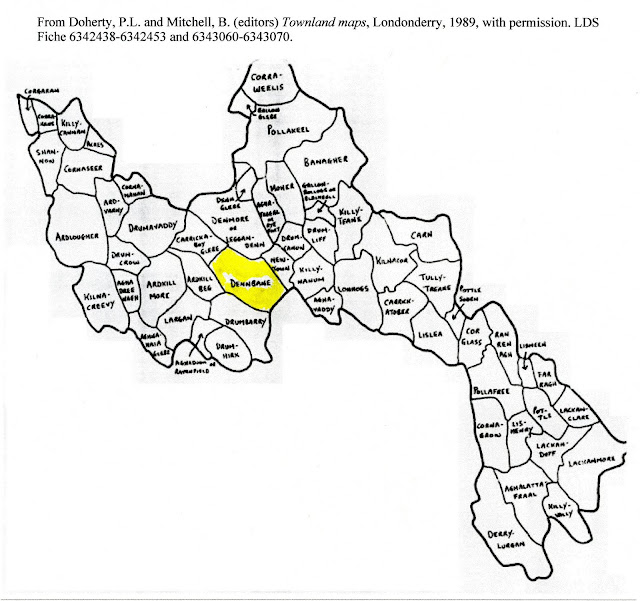Page 31:
MEMORANDUM EXPLANATORY OF ALPHABETICAL LIST
"It now remains to add a short explanation of the structure of the Alphabetical List.
"It has been compiled from (a) office notes made from time to time for many years past of cases actually coming under observation in the examination of the Records and preparation of the Indexes; (b) from special reports received from the Superintendent Registrars and Registrars of Births, Deaths, and Marriages, and the District Registrars of Marriages, under the 7 and 8 Vic., cap. 81; and (c) from the results of a special examination of the printed Indexes in the General Register Office.
"The list does not profess to be a complete list of surnames, but only a list of those surnames of which varieties have been met with or reported by local officers to be used in their localities.
"The principal names are printed in capitals and numbered throughout consecutively. It is not to be understood that these are the original forms of the names, but the forms which appear to be now most commonly in use.
"The names following each of the principal names are the varieties and synonymes of same stated to exist. Where printed in italics they have been reported to be Irish forms (or equivalents) of English names, or vice versa. Where a variety is place in brackets, thus "[Cromie]," it will be found also as a principal names, and where given thus: --
"Archbold or "Snowden (Snedden)"
(Aspell),"
the second name has been reported as a variety of the form of the name immediately preceding it."It is not intended to convey that the names appearing under the principal names are in all cases forms of the same name, but only that they have been found to have been used interchangeable in the examination of the registration records, or that they have been reported to be so used by local officers....
"In many instances numbers have been added after the name to denote the districts from which the variety has been reported. The key to these reference numbers is printed after the list. In cases not so marked, the variety has been met with in the examination of the records in this office...."
Alphabetical List of Surnames with their Varieties and Synonymes
Surnames with Varieties and Synonymes:
Entry 1907
SORAGHAN
Sorahan
Soran
[Sullivan]. 92, 383
Entry 1936
SULLIVAN
Guilavan, 397
[O'Sullivan]
Shorelahan. 480
Soolivan. 109
[Soraghan] 92, 383
Sulavan
Sulevan
Sulivan
Sullavan
Sullevan
In looking up the reference numbers 92 and 383 (the numbers following Soraghan and Sullivan, i.e., where the names are used interchangeably), 92 refers to the Registrar District of Bellananagh, County Cavan and 383 refers to County Monaghan.
The 1890 edition of the Official Varieties and Synomnymes of Surnames and Christian Names in Ireland is available on line. Although the reference numbers are different, the information is the same.



